Overlander Navigation Bundle (GPS & 5-Year T4A Map Updates)
R17,649.00 R16,498.00
Included:
NOTE: The Tracks4Africa GPS maps are not preloaded onto the unit BUT we can preload at your request only!
Please Note: For latest product details refer to garmin.com . Note that Garmin products are only for sale in South Africa. For warranty and returns see our terms and conditions.
NOTE: This product is usually delivered within 7 to 10 working days.
2 Year Warranty on GPS Unit.
Cancellation and Returns Policy.
Attention MAC users: This GPS unit has an Android Operating System, and cannot be accessed on a MAC computer.
(Note: the unit is accessible on a Windows PC).
If you are purchasing Downloadable GPS Maps from us, you will need an SD Card. Complete instructions are sent upon purchase.
You will need to write an image file (.img) to an SD Card, which will then be inserted into the Garmin GPS unit. (ie. This will be done via an SD Card reader/writer or via an adaptor slot in your MAC if there is one).
The minimum SD card recommended size = 4GB.
More info from Garmin: Garmin GPS units with an Android Operating System.
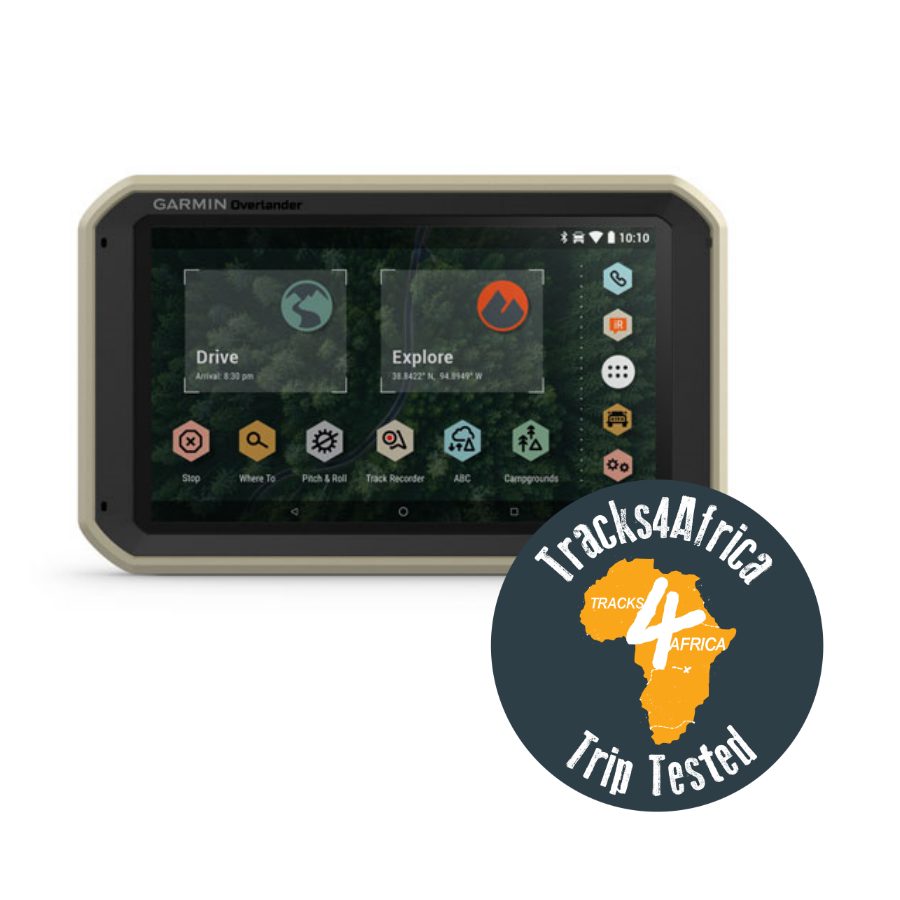
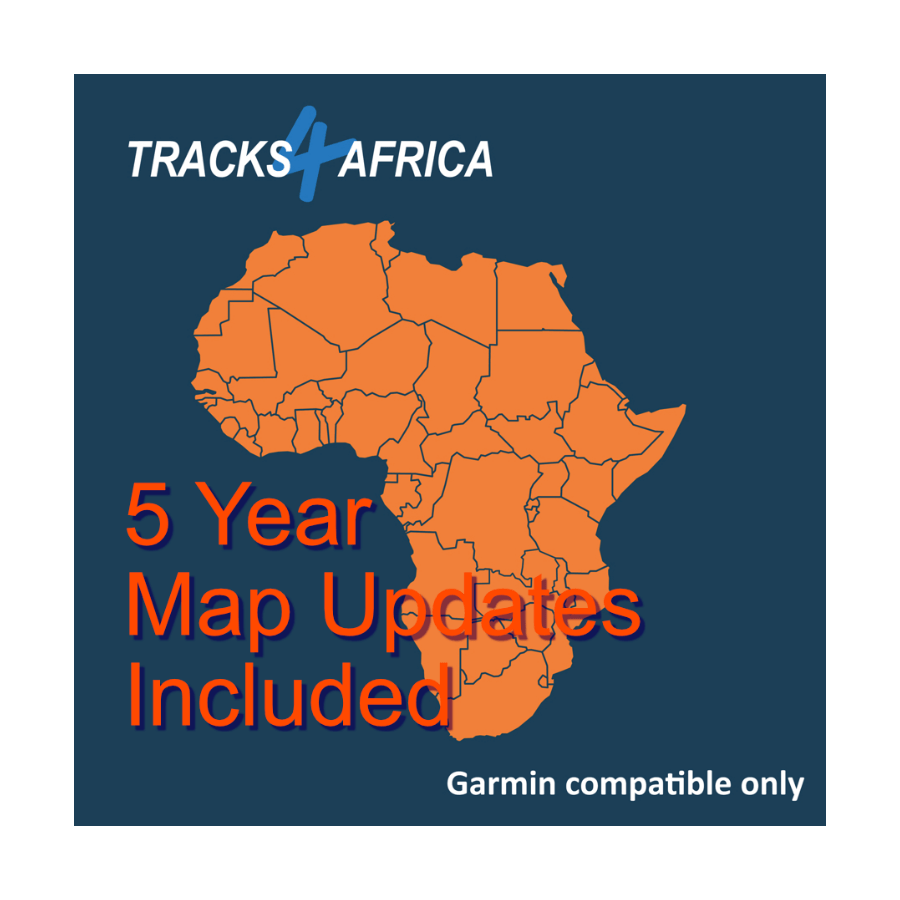

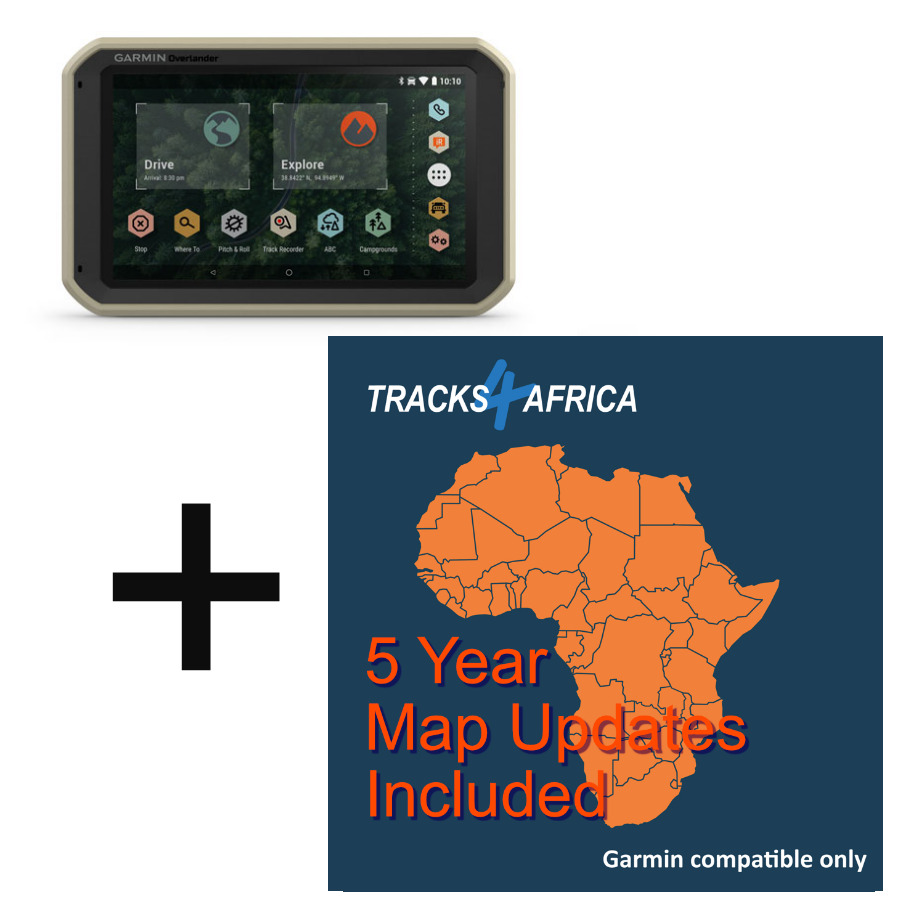
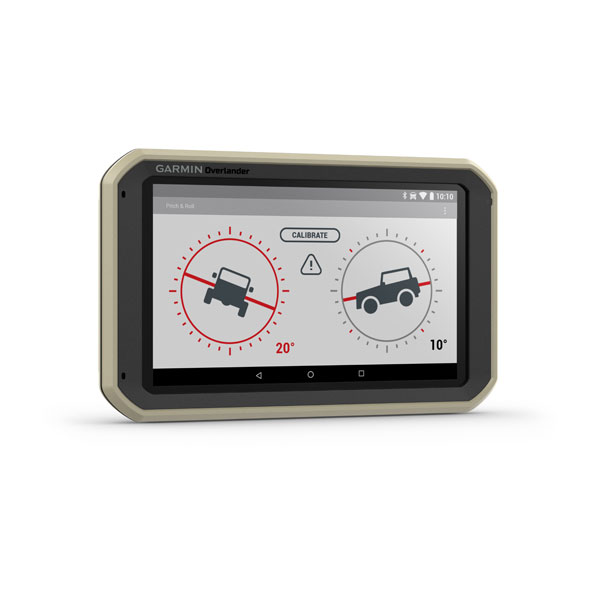
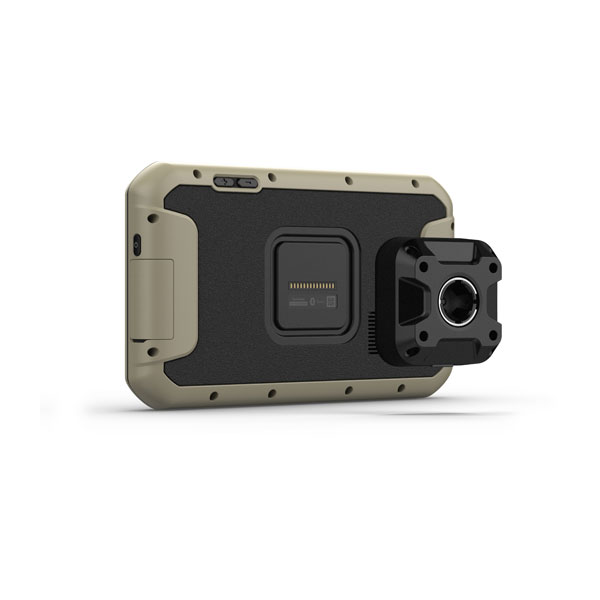
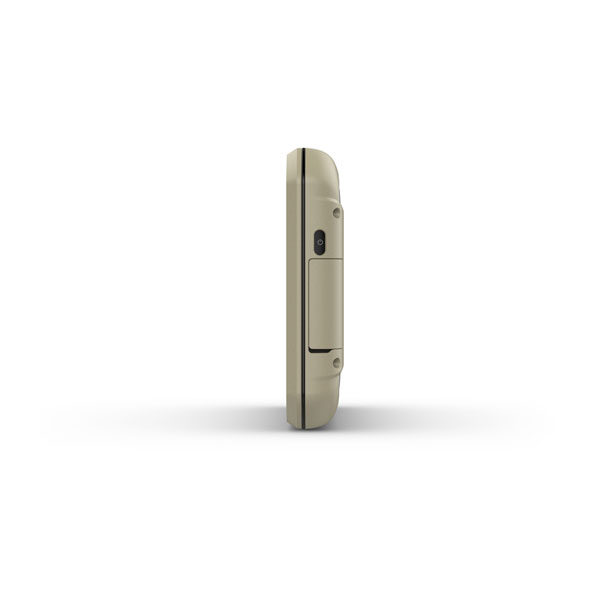
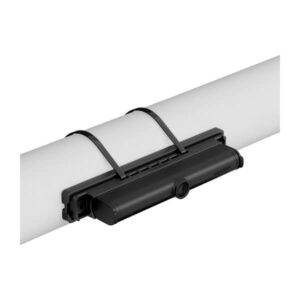
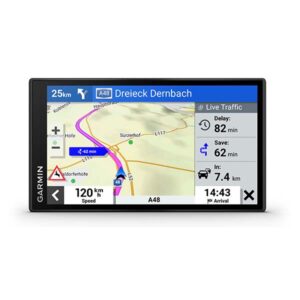
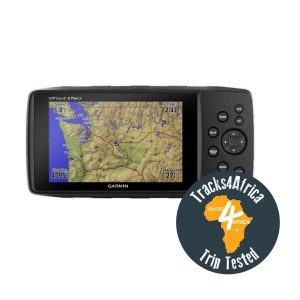
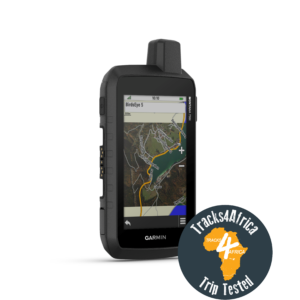
Thilo Muller (verified owner) –
Eight months into using the Garmin Overlander GPS, my experience has been a blend of appreciation for its physical design and frustration over its software limitations. The device, while visually appealing, fails to deliver on several fundamental aspects of navigation.
I expected a high-performing GPS unit from Garmin, a brand synonymous with quality navigation tools. However, it appears that the Overlander is more suited for a market that values style over substance, not meeting the needs of serious off-road enthusiasts.
Specific Issues:
Excessive Dependence on Mobile Devices: The most significant drawback of the Overlander is its over-reliance on mobile devices. Whether it’s for route planning, adjusting routes, or recovering lost data, the necessity to consistently use a mobile device is a substantial inconvenience. This reliance not only hampers spontaneity but also detracts from the device’s utility as a self-sufficient GPS unit.
Inefficient Route Planning with Online Explorer: A critical issue with the Overlander is the ineffectiveness of Garmin’s online explorer as a route planning tool. Its lack of user-friendly features and limited functionality force me to resort to third-party software like Gaia Maps for route creation. This workaround – creating a route in Gaia, exporting it, and then importing it into Garmin Explorer – is not only cumbersome but highlights the significant shortcomings of Garmin’s native planning tools. This additional step, necessitated by the poor performance of Garmin’s own software, is a time-consuming and frustrating detour from what should be a straightforward process in a premium GPS device.
Slow Performance and Data Loss: The Garmin Overlander’s tendency for data loss has been particularly problematic in critical situations. On several occasions, while in remote areas, the device unexpectedly lost custom Points of Interest (POIs), disrupting day planning activities in camp. Equally concerning was the loss of pre-planned routes during travel on unknown back roads, a scenario where reliable navigation is required. These instances of data loss caused significant inconvenience.
Despite these drawbacks, the Garmin Overlander is commendable for its durable build and clear screen. However, these physical attributes are overshadowed by the device’s over-reliance on mobile devices for fundamental operations.
The Garmin Overlander GPS, in my view, caters more to those seeking a status symbol rather than a functional navigation tool. Its focus on design over practicality is evident in its lack of basic functionalities, like the inability to reverse a route. While it may appeal to those who prioritize appearance, for anyone serious about reliable and efficient off-road navigation, its shortcomings are too critical to overlook. The device, unfortunately, is a case of style taking precedence over essential substance.